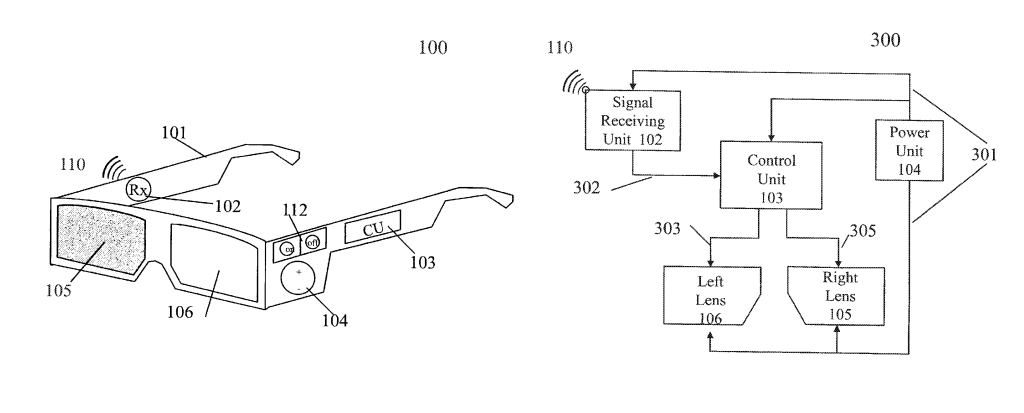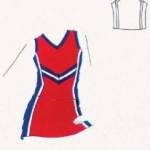by Dennis Crouch
Cuozzo: Prof Mann provides his preview of the April 25 oral arguments in Cuozzo v. Lee; and Cuozzo has filed its reply brief. Neither document address my the mootness concern regarding Cuozzo's demand for an ordinary construction of claim terms rather than their broadest reasonable interpretation. As far as I have seen, nothing in the record suggests that a change in claim interpretation standard would alter the PTO's determination.
Following its April 15 Conference, the Supreme Court denied certiorari in a set of cases, including Vermont v. MPHJ; Limelight v. Akamai; Hemopet v. Hill's Pet Nutrition; and Tas v. Beachy. In its April 1 Conference, the Court denied cert in Retirement Capital v. US Bancorp. That case had questioned whether subject matter eligibility under 35 U.S.C. § 101 is a ground specified as a condition for patentability under 35 U.S.C. § 282(b)(2).
The only patent cases surviving the April 15 conference are (1) Interval Licensing v. Lee that asks the same question as Cuozzo: Can the Patent and Trademark Office appropriately apply the "broadest reasonable interpretation" standard in construing patent claims in post-grant validity challenges?; and (2) Medinol v. Cordis that focuses on whether "the equitable defense of laches [may be used to] bar legal claims for damages that are timely under the express terms of the Patent Act." Medinol is conceptually linked to the SCA Hygiene case that also raises the laches issue. The court will consider both cases in its April 22 conference and may likely couple the decision to grant/deny. The court is also scheduled to consider Cloud Satchel (abstract idea eligibility) and Globus Medical (appellate jurisdiction) at Friday's conference. Neither of these cases offer much hope for the respective petitioner.
In Cooper v. Lee, the US Government filed its brief opposing certiorari. The government argues that Cooper's Article III challenge to the IPR system "lack's merit."
[P]atents are quintessential "public rights" whose issuance and cancellation Congress may permissible entrust to a non-Article III tribunal. . . . Pursuant to its constitutional authority to “promote the Progress of Science and useful Arts” by establishing a patent system, Congress created the PTO - an agency with “special expertise in evaluating patent applications.” Kappos v. Hyatt, 132 S. Ct. 1690 (2012). It directed that agency to issue a patent if “it appears that the applicant is entitled to a patent” under standards set by federal law, 35 U.S.C. 131. Patents are accordingly rights that “exist only by virtue of statute.” Sears, Roebuck & Co. v. Stiffel Co., 376 U.S. 225, 229 n.5 (1964). They “dispose of public rights held by the government on behalf of the people.” Teva Pharm. USA, Inc. v. Sandoz, Inc., 135 S. Ct. 831, 849 n.2 (2015) (Thomas, J., dissenting).
The government also argues that the posture of the case lacks merits - in particular that Cooper's collateral challenge to the procedures doesn't work. Cooper has argued that "inter partes review violates Article III of the Constitution by authorizing an Executive Branch agency, rather than a court, to invalidate a previously issued patent."
Daniel Bohnen has filed a brief on behalf of UK's Chartered Institute of Patent Attorneys (CIPA) in support of the Sequenom v. Ariosa petition. The brief argues that the court should look to "maintain international harmonisation in the law of patent-eligibility."[AriosaCIPA]. More briefs in support of the petitioner are expected this week as is Ariosa's opposition brief (if any).
Finally, Nova has filed its opposition in Dow v. Nova and is attempting to refocus attention on the merits of the indefiniteness decision rather than the procedure for reaching that decision. The difference in question presented is interesting:
Dow: Whether factual findings underlying a district court’s determination on the definiteness of a patent claim under the Patent Act, 35 U.S.C. 112, like a district court’s factual findings underlying construction of a patent claim, are subject to appellate review only for clear error or substantial evidence rather than de novo review.
Nova: Whether the court of appeals correctly invalidated Dow’s patent claims as indefinite under 35 U.S.C. § 112.
Explaining its shift of the question, Nova argues that "Dow's petition rests on a false premise that the Federal Circuit refuses to give deference to factual findings" that underlie the definiteness determination. Nova is correct as to the Federal Circuit's position -- the only question here is whether the Supreme Court will order the appellate court to follow its own law in this case. [DowPetition][NovaOpposition]
The big list:

 Copyright on Useful Articles: Although not a patent case, the court also decided to hear a "useful article" copyright case. Star Athletica v. Varsity Brands. The case asks whether the stripes and chevrons found in a cheerleader uniform are sufficiently "separable" from the uniform in order to be copyrightable. The useful article doctrine is generally considered to be setting up a boundary line between the domains of copyright and patent.
Copyright on Useful Articles: Although not a patent case, the court also decided to hear a "useful article" copyright case. Star Athletica v. Varsity Brands. The case asks whether the stripes and chevrons found in a cheerleader uniform are sufficiently "separable" from the uniform in order to be copyrightable. The useful article doctrine is generally considered to be setting up a boundary line between the domains of copyright and patent.